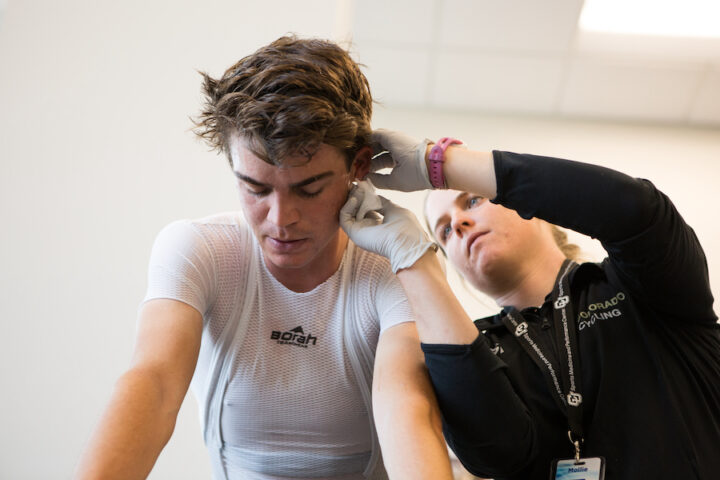
The Endurance Athlete’s Guide to VO2max and Lactate Tests
Find out all the dos and don’ts of physiological testing as we break down VO2max and lactate/ramp testing.
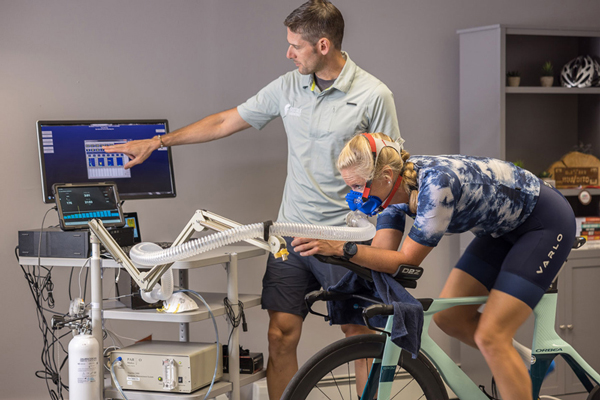
Humans aren’t machines—we’re much more complicated. Exercise physiology involves changes in the body from exercise and rest.
From anaerobic threshold to environmental acclimatization, from FTP to PGC-1 alpha, we explore the science of human performance.

Find out all the dos and don’ts of physiological testing as we break down VO2max and lactate/ramp testing.
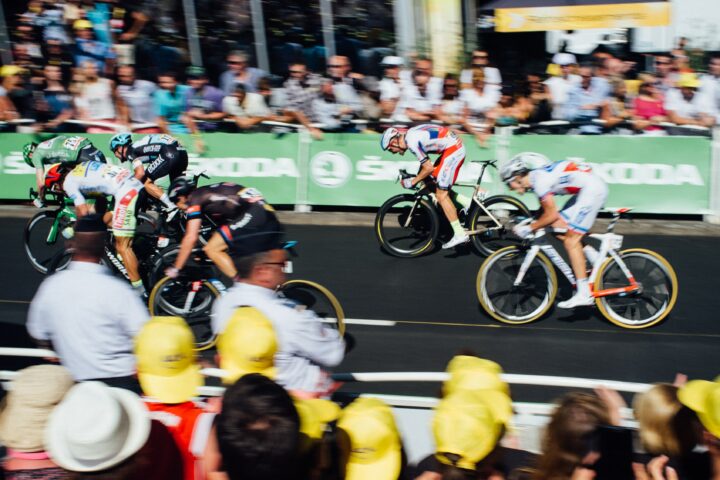
We explore the physiology of race season—how to find top-end fitness, how long it takes, and the best ways to do it.
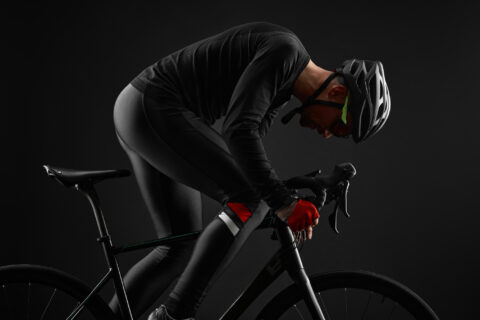
Your lactate threshold may not be what you think it is. Coach Trevor Connor explores the true definition of this physiological turn point.
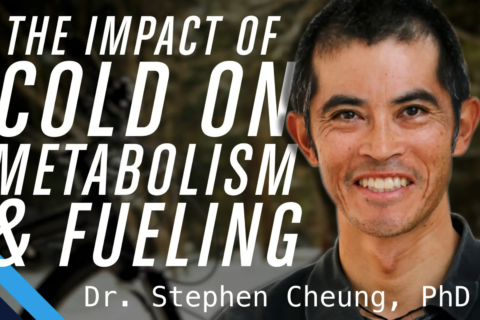
Environmental physiologist Dr. Stephen Cheung addresses whether the amount of fat and carbohydrate used for energy changes with the temperature.
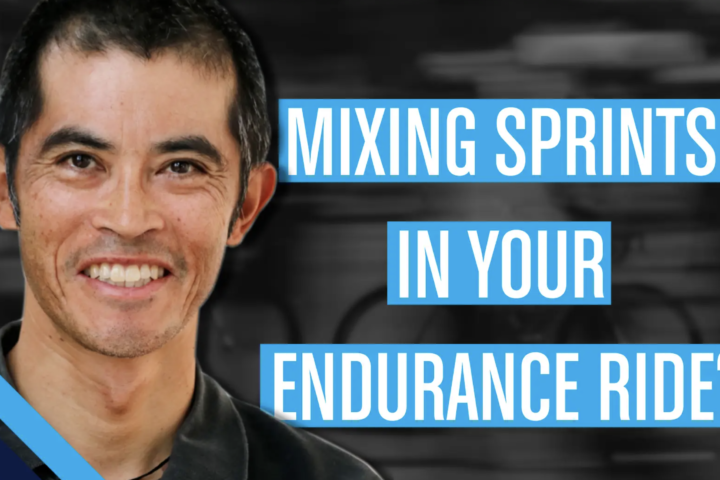
Dr. Stephen Cheung attempts to answer the question of whether it’s productive to incorporate intensity into an endurance ride.
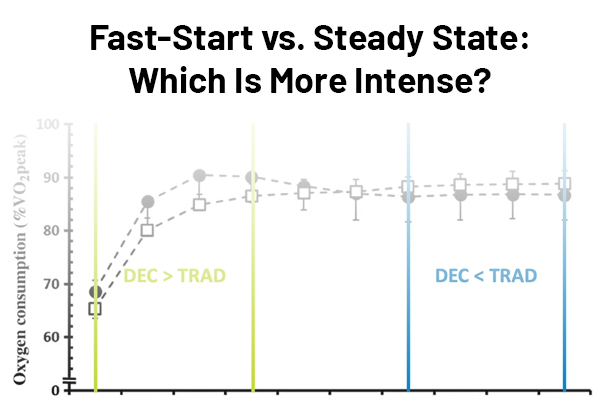
Dr. Stephen Cheung discusses a study comparing steady-state versus fast-start intervals, then uses Xert software to model how a fast-start interval can be much more intense.
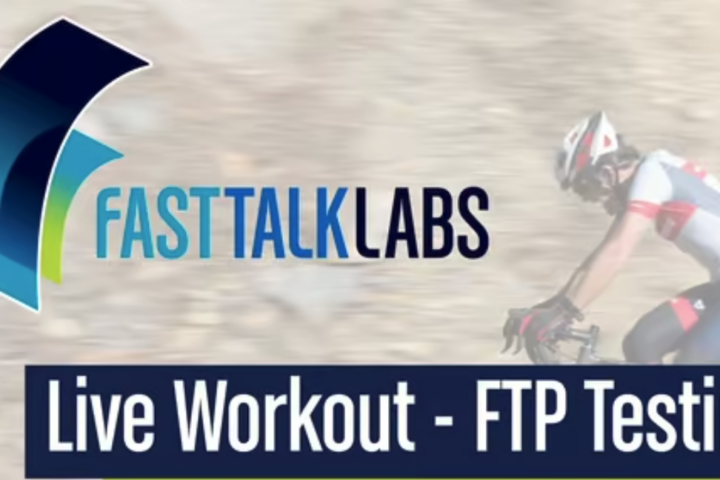
Are you ready to suffer? Join us for a climbing time trial up the infamous Alpe du Zwift during which we’ll execute an FTP test.
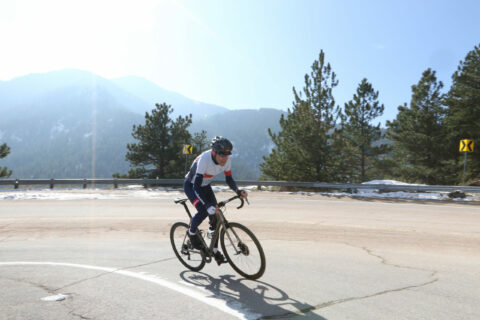
Reducing cardiovascular drift and increasing fiber recruitment are key components of sustainability.
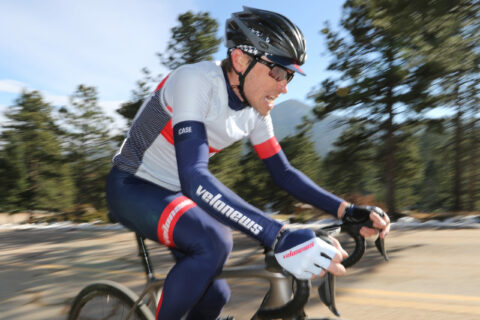
Trevor Connor revisits the fundamentals of aerobic versus anaerobic pathways, and helps us understand more advanced principles of interval training.
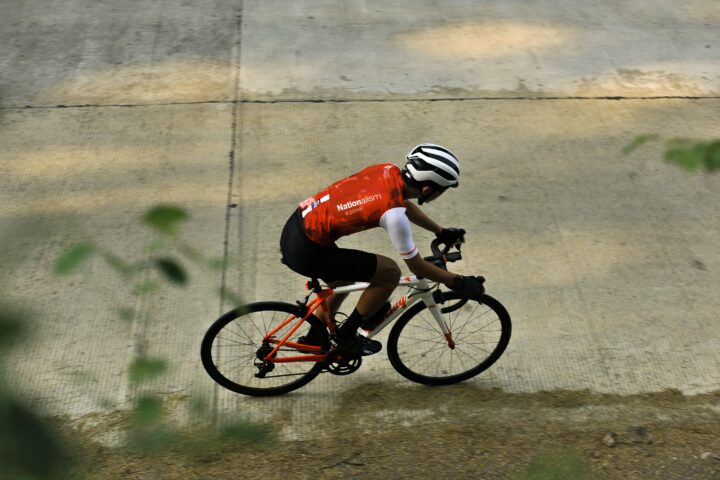
Complex training prescriptions are becoming increasingly popular. Does it really need to be that complex? What do you gain from this complexity?